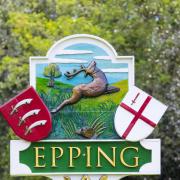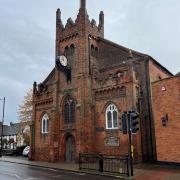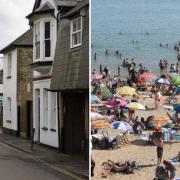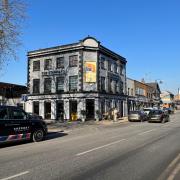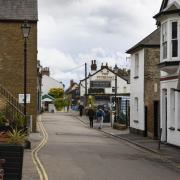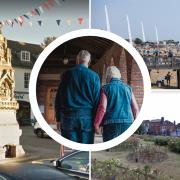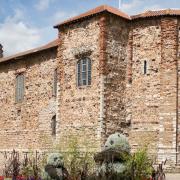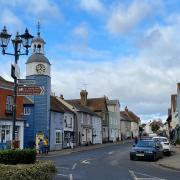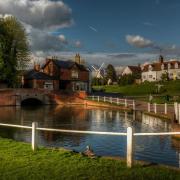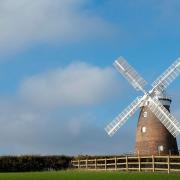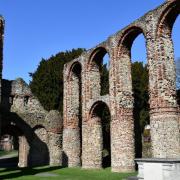The Essex Record Office archives documents from the county’s history stretching back more than 1,000 years. Here Hannah Salisbury shares just some of the highlights to be found within the archive

The Essex Record Office (ERO) is the storehouse of Essex history. Its collections cover more than 1,000 years and take up nearly eight miles of shelving. The ‘treasures’ we share here are just a few of the most interesting, rare and beautiful items in our care. The ERO was founded in 1938 and has been caring for Essex’s history ever since. The things we look after include documents, maps, images and sound and video recordings. These unique records tell us about people from all walks of life who have lived in Essex over the last nine centuries – what sort of possessions they had, how they made a living, how they got on with their neighbours and so much more. The collections can be searched using an online catalogue, Seax. Some items have been digitised and can be viewed online, and most can be ordered to view in the public Searchroom in Chelmsford. We also offer behind-the-scenes tours for groups and run a busy events programme throughout the year. The ERO is open to the public and welcomes visitors who want to research their family, house or local history, or anything else for which we have material. We can also help you look after any historic documents or photographs you might be responsible for, with advice and services available regarding conservation and digitisation. w
Music book, 1570-1630
This 16th-century music book is believed to have belonged to John Petre of Ingatestone Hall, as it has his name embossed in gold on the cover. The book mostly includes music by English composers such as Thomas Tallis and William Byrd, who lived in nearby Stondon Massey. The book would have been one of a set of five, each containing a different singing part (this book contains the bass line). You can listen to one of the pieces being sung by Southend-based early music choir Gaudeamus on the ERO’s SoundCloud page.

Armorial pedigree of the Cornwallis family, 1560
This pedigree traces the descent of the Cornwallis family through several generations. The entire document measures 96 x 30 inches and includes 62 painted coats of arms. It was compiled for Thomas Cornwallis and his wife Anne Jerningham, and includes miniature portraits of the couple. It shows their ancestors back to the 1300s, and was added to after their marriage to show subsequent generations.

Dedham charter, 1575
This illuminated grant confirms the details of the will of William Littlebury of Dedham in setting up a grammar school to provide for the education of the local boys of Dedham, Ardleigh, Great Bromley and Bradfield, and of Stratford (Suffolk). The grant begins with a portrait of a young Elizabeth I, and is decorated with the Tudor Rose.

Elizabeth Slany’s book, 1715-1800
This cookery book was compiled by Elizabeth Slany, possibly in preparation for her forthcoming marriage. As well as recipes for a large number of sweet and savoury dishes, the book also includes instructions for making medicines, salves and ointments.

Charter of King Edgar, South Brent, Devon, 962
At over 1,000 years old, this charter is the oldest item we care for. It is a grant of land by an Anglo-Saxon king to one of his ministers. The first part, written in Latin, describes the terms of the grant of land and threatens dire consequences to anyone who tries to take the land from the recipient. The second part of the document is in Anglo-Saxon and details the borders of the land in question; in a time before maps, written descriptions were the order of the day. The third part of the document names the witnesses, beginning with ‘Eadgar, Rex Anglorum’, or Edgar, King of the Angles.
For more details about the archives at the Essex Record Office or the events taking place there this year, visit www.essexrecordoffice.co.uk.




